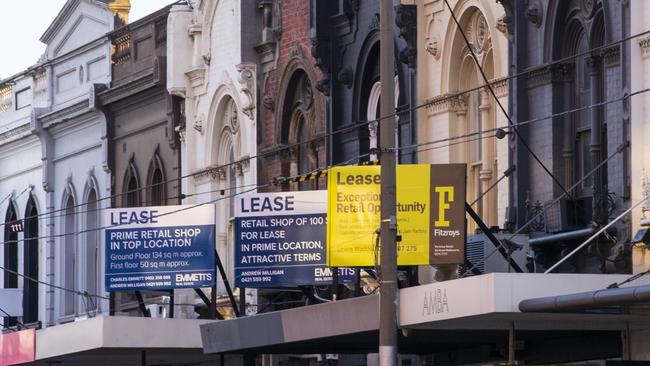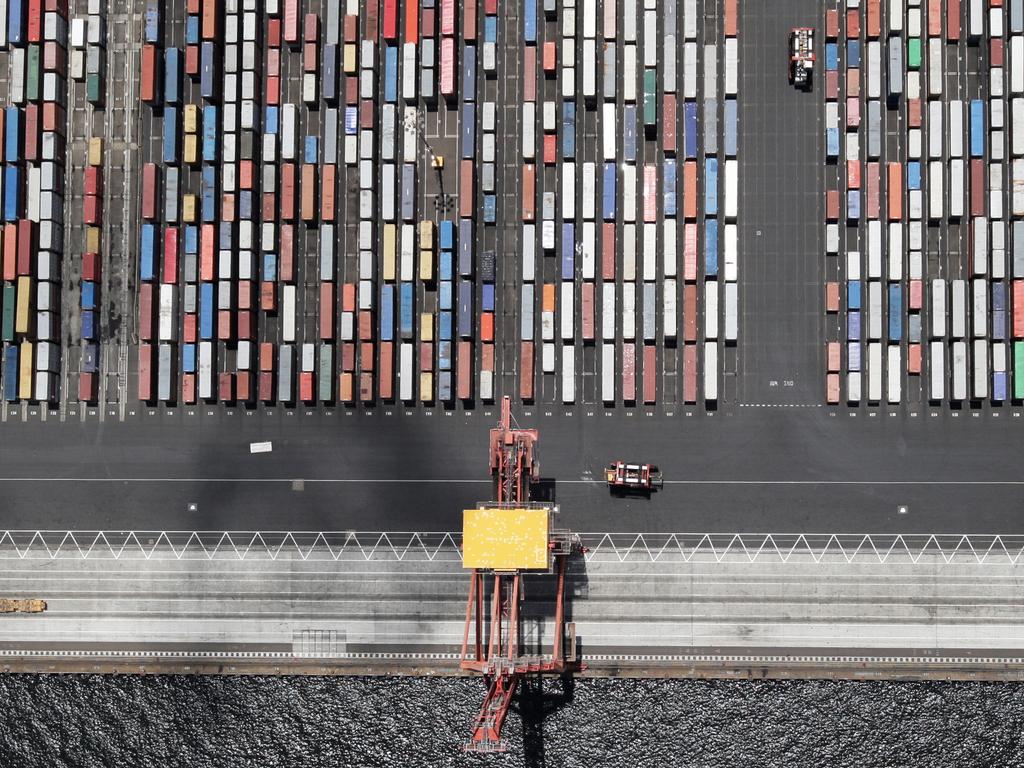Banks better placed to ride out insolvencies
A tsunami of insolvencies and bankruptcies next year will lead to lower bank losses than in previous recessions, according to new analysis.

The expected tsunami of corporate insolvencies and personal bankruptcies next year when JobKeeper unwinds will lead to far lower losses for the banking system than in previous recessions, according to new analysis.
The likely credit losses for the big four banks, which hold about 85 per cent of all loans in the financial system, will be around $45bn over the next two years, according to bank analyst Matthew Wilson.
“The larger corporates are in much better shape this time around; the pain is going to felt among the mum and dad businesses, baristas, smaller restaurants, where often the family home is collateral for the loan.”
Mr Wilson, employed by corporate advisory firm E&P, said the credit losses would amount to a “relatively mild” 1.5 per cent of the big four banks’ total loans, compared to losses of 7 per cent in the 1990s recession and 2 per cent during the global financial crisis.
“The level of fiscal stimulus has been much greater this time too: in the early ’90s it was 1 per cent of GDP, about 3 per cent in 2008 and it’s approaching 10 per cent this time,” he added.
Under arrangements announced earlier this year to help households and businesses whose incomes had fallen significantly owing to pandemic restrictions, the major banks had deferred interest payments on home loans worth $167bn, or 9 per cent of those outstanding. Small business loans worth $55bn, 17 per cent of the total, have also had repayments deferred.
Bank analysts fear the number of insolvencies could be much higher than in previous recessions, however, even if the dollar value of losses is lower.
Earlier this month the government extended a rule change that lifted the threshold at which creditors could trigger insolvency proceedings, and the time companies have to respond to statutory demands they receive from 21 days to six months.
“Overnight those changes meant some insolvency businesses didn’t have any work,” said John Winters, CEO of the Australian Restructuring Insolvency & Turnaround Association, who said 55 per cent of liquidators were on JobKeeper themselves.
“The reality is the rule changes haven’t saved a single company but it’s created a snowball effect.”
ASIC data show the flow of insolvencies has slumped to around 1000 a quarter, down from the usual 2000, which is the lowest level since 2000. Personal bankruptcies have fallen to the lowest level since 1995.
“The natural level of insolvency action is being prevented from progressing,” said Mr Wilson, who fears a “large backlog” next year.
“More concerning, creditors are now dealing with businesses and people who are already insolvent, thereby exacerbating the eventual liquidation challenge.”
The number of liquidators has fallen from a little over 720 a year ago to around 620, raising questions about the sector’s scope to process a significant increase in insolvencies.
In July a survey of businesses by the ABS found 10 per cent said they would cease to operate once federal support was withdrawn.
“Even if that’s out by a factor of 10 we’re talking 24,000 insolvencies — three times the normal number in an average year — over a relatively short period of time,” Mr Winters said.








To join the conversation, please log in. Don't have an account? Register
Join the conversation, you are commenting as Logout